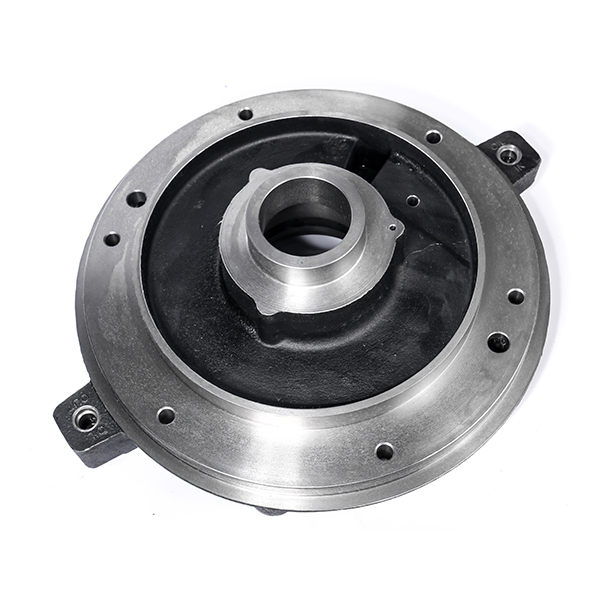Mobile:+86-311-808-126-83
Email:info@ydcastings.com
English
High-Quality Die Cast Parts Manufacturer | Precision Metal Castings
The Significance of Die Cast Parts in Modern Manufacturing
Die casting is a manufacturing process that has transformed the production of complex parts across various industries. It involves forcing molten metal into a mold cavity under high pressure, allowing for the creation of intricate shapes and designs with remarkable precision. Among the various applications of die casting, die cast parts have become essential in automotive, aerospace, electronics, and consumer goods sectors, thanks to their durability, cost-effectiveness, and efficiency.
One of the primary advantages of die cast parts is their ability to produce high-strength components that are significantly lighter than those made from traditional materials
. This is particularly important in the automotive industry, where manufacturers strive to improve fuel efficiency while maintaining safety standards. By using die-cast aluminum and zinc parts, automakers can reduce the vehicle's overall weight, which consequently enhances performance and reduces emissions.Moreover, die casting allows for the mass production of components with tight tolerances. The process yields parts that require minimal machining, reducing waste and cutting down on manufacturing costs. This capability is invaluable in industries that demand a high volume of uniform components, such as in the production of electronic devices where precision is crucial for functionality.
The versatility of die cast parts also deserves attention. They can be produced in a variety of sizes and shapes, accommodating the specific needs of different applications. For instance, die cast parts are commonly used in creating housings for light fixtures, engine blocks, and brackets. This adaptability means that businesses can innovate and iterate on designs without the constraints faced by other manufacturing processes.
die cast part

Another noteworthy aspect of die casting is its efficiency in production. The process can be automated, which significantly increases output levels and reduces labor costs. With advancements in technology, modern die casting machines are equipped with sophisticated controls that enhance precision and consistency across batches of production. This automation not only speeds up the manufacturing process but also reduces the likelihood of defects, ensuring that companies deliver high-quality products to the market.
Environmental considerations are increasingly becoming a focus for manufacturers. Die casting operations often produce minimal waste and use energy-efficient techniques, making them an environmentally friendly option compared to other processes. Furthermore, many die-cast materials, such as aluminum, are recyclable, aligning with global sustainability goals.
Despite the myriad benefits of die cast parts, it is essential to acknowledge the challenges associated with the die casting process. Initial setup costs for die casting molds can be relatively high, which necessitates a careful evaluation of production volumes to justify the investment. However, for high-volume production runs, these costs are often offset by the long-term savings achieved through reduced labor and material expenses.
In conclusion, die cast parts play a pivotal role in contemporary manufacturing practices. Their strength, lightweight nature, precision, and efficiency make them ideal for a range of applications across various industries. As technology continues to evolve, the potential for die casting to provide even greater solutions to modern manufacturing challenges remains promising, ensuring its relevance for years to come.
-
Materials Used in Manufacturing Cap End Pipe FittingsNewsNov.24,2025
-
Material Properties of CF8M CastingNewsNov.24,2025
-
How to Inspect Pump Cap Ends for DamageNewsNov.21,2025
-
Backward Curved Impeller – Efficient Airflow Solutions for Industry | YD CastingsNewsNov.21,2025
-
Automobile Water Pump - Efficient, Quiet, Durable & ElectricNewsNov.21,2025
-
Impeller for Pumps – High-Efficiency, Durable, OEM-ReadyNewsNov.21,2025











